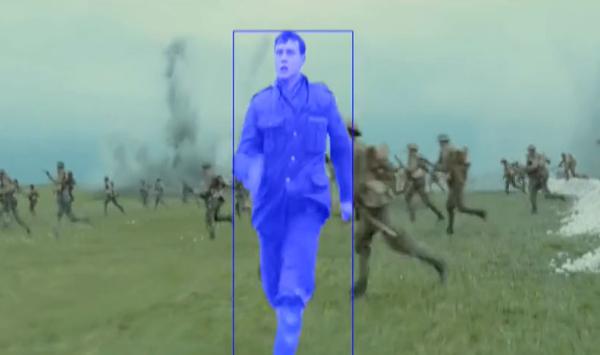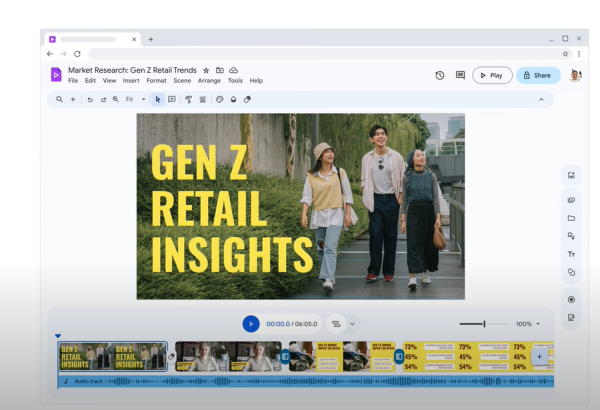Video
-
Samurai Segmentation and Tracking Breakthrough
Meta’s “Segment Anything” Model (SAM) has proven to be a powerful tool in image segmentation. However, it struggles with video object tracking, particularly in challenging scenarios like crowded environments, fast-moving targets, or "hide-and-seek" situations. The core issue lies in SAM’s memory mechanism, which functions like a “fixed window.” This approach focuses solely on recording the most recent frames without adequately... -
Google releases Gemini AI-powered video presentation App
Google has started the widespread rollout of its Gemini AI-powered app, Vids, a tool designed to simplify video presentation creation through AI-driven prompts. Vids leverages Google’s Gemini AI model to streamline content creation, making it accessible for users to quickly turn written content into visually engaging videos without the need for extensive video editing skills. Key Features of Vids Vids... -
ByteDance Introduces X-Portrait 2 Highly Expressive Portrait Animation System
ByteDance has introduced a cutting-edge artificial intelligence system called "X-Portrait 2" that can transform any photograph into a lifelike video performance, adding subtle expressions and emotions that make the result nearly indistinguishable from real footage. The Chinese tech giant, best known for TikTok, designed this system to recreate scenes from well-known films using still images, producing results so realistic they... -
New AI model for hi-res video generation, Pyramid Flow, is available as open-source software
Video generation requires modeling a vast spatiotemporal space, which demands significant computational resources and data usage. To reduce the complexity, the prevailing approaches employ a cascaded architecture to avoid direct training with full resolution. Despite reducing computational demands, the separate optimization of each sub-stage hinders knowledge sharing and sacrifices flexibility. This work introduces a unified pyramidal flow matching algorithm. It...
Page
- Page Previous
- Page 1
- Page 2
- You're currently reading page 3












Validate your login
Sign In
Create New Account